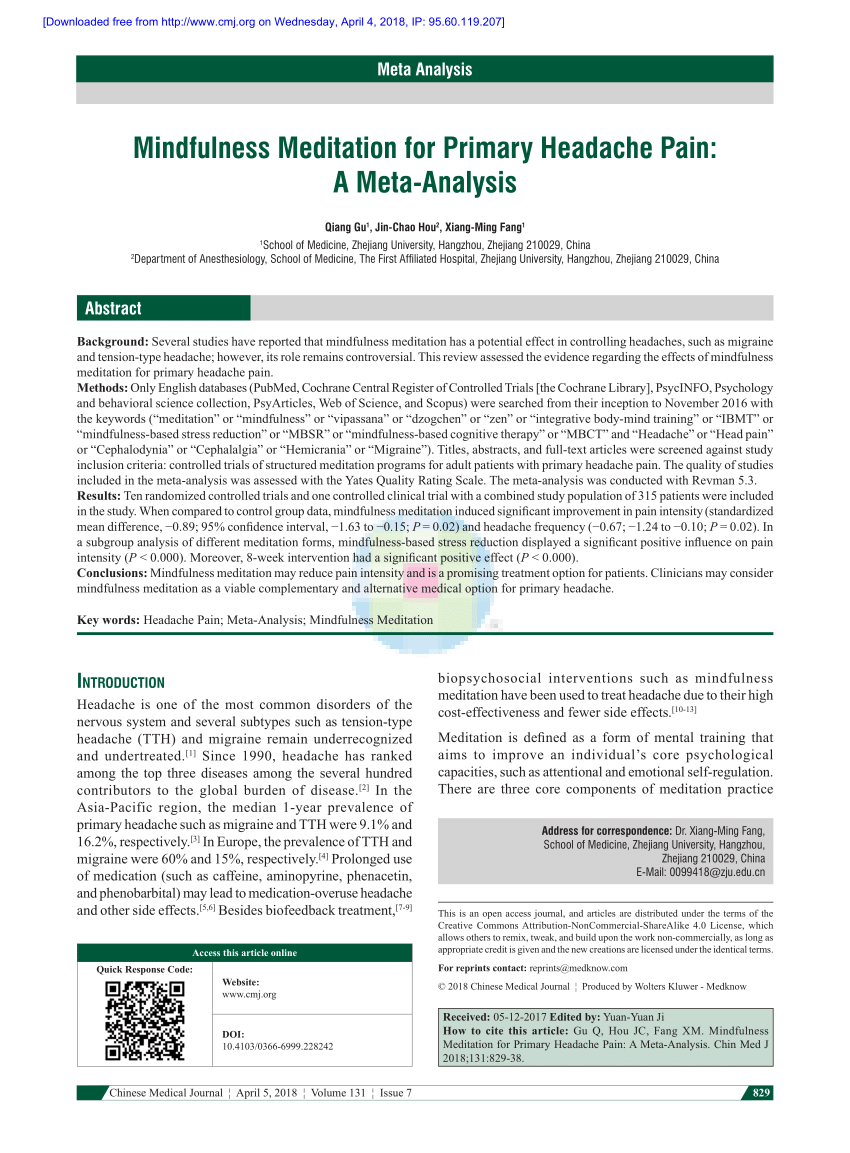
A meditation mantra can help improve memory. This simple practice is great to your mind as well as your body. This can help you relax, eliminate stress, tension, and fatigue. It helps to live in the present. It also has many health advantages. Meditation mantras can be used to help you focus on one particular diet, which could prove beneficial in the long-term. There are many benefits to meditating with a mantra, including better health, improved mood, and improved concentration.
A mantra can help you focus and train your brain. The repetitive nature of these sounds helps you to concentrate and bring your attention back. Om is one of most popular meditation mantras. You say it from your belly, move up through the energy channel, and finally, out through the throat. The vibration of this sound goes out of the body. The more you repeat this sound, the deeper it will be ingrained into your mind.

The repetition of one word or phrase is the key to a meditation mantra. The goal of the exercise is to get into the mindset that is most conducive to meditation. The mantra can be either a prayer or a song. The mantra is a way to clear your mind of thoughts, and it helps you find peace of mind. Whatever meditation mantra you use to help you focus, it doesn't matter which one.
Breathe deeply when you're meditation. You can think of a meditation mantra as a seed that is planted in the ground. It is like a seed that you plant in the ground. You then nurture the mantra and it will grow. This will allow your intention's seeds to become beautiful perennial flowers. Although it might seem difficult at first, persistence and patience will help you to grow your intention and bear fruit.
It is important to be calm and comfortable during a meditation session. Find a quiet space to practice your meditation. When you have settled into your meditation posture, you will be able to concentrate on the mantra during meditation. The mantra will become your focus, and you'll be more focused and able to achieve greater relaxation. A mantra has many benefits.

A mantra for meditation can be a favourite word or phrase. It should not be too long and difficult to remember. It should be positive and informative. It should not provoke your thoughts or cause anxiety. It is important to feel comfortable throughout the meditation session. A meditation mantra is important, but it's also important to keep your mind clear on a goal. You must be aware of what is happening around you so you don't get distracted.
FAQ
What is the healthiest lifestyle to life?
You can live a healthier lifestyle if you eat healthy food and exercise regularly. These are the keys to a healthy and long-lasting life.
It's easy to start small with your exercise and diet. Try walking for 30 minutes each day to lose weight. Or, if you want to get more active, take up swimming or dancing. You can also sign up for an online fitness program, such as Strava and Fitbit. This will track your activity.
Why should we have a healthy lifestyle to begin with?
Healthy lifestyles lead to happier and longer lives. Regular exercise, healthy eating habits, healthy sleep habits and stress management can all help prevent strokes, heart disease, diabetes, and cancer.
A healthy lifestyle helps us cope better when we are faced with everyday stresses. A healthy lifestyle will help us feel more confident and younger.
Here are 7 ways to live a healthy lifestyle.
-
Be healthy
-
Exercise regularly
-
Good sleep
-
Drink lots of water
-
Get adequate rest
-
Be happy
-
Smile often
What's the best diet?
There are many factors that influence the best diet, including your gender, age, weight, health condition, lifestyle, and personal preferences. You should also consider how much energy your exercise consumes, whether you like low-calorie or high-calorie foods, and what you enjoy in terms of eating fruits and veggies.
Intermittent Fasting is an alternative to traditional fasting if you are looking to lose weight. Intermittent Fasting means that you eat only specific meals throughout your day and not three large meals. This approach may prove to be more beneficial than traditional diets that have daily calorie counts.
Intermittent fasting is believed to increase insulin sensitivity. It may also reduce inflammation. This may lead to a decrease in diabetes risk and blood sugar levels. Other research suggests that intermittent fasting may promote fat loss and improve overall body composition.
What are the ten best foods to eat in America?
These are the 10 best foods you can eat:
-
Avocados
-
Berries
-
Broccoli
-
Cauliflower
-
Eggs
-
Fish
-
Grains
-
Nuts
-
Oats
-
Salmon
What is the difference in calorie and kilocalories?
Calories refer to units that are used for measuring the energy in food. Calories are a unit of measurement. One calorie represents the energy required to raise one gram of water's temperature by one degree Celsius.
Kilocalories refer to calories in another term. Kilocalories are expressed in thousandths (or a calorie). For example, 1000 calories equals one kilocalorie.
Statistics
- According to the 2020 Dietary Guidelines for Americans, a balanced diet high in fruits and vegetables, lean protein, low-fat dairy and whole grains is needed for optimal energy. (mayoclinichealthsystem.org)
- WHO recommends reducing saturated fats to less than 10% of total energy intake; reducing trans-fats to less than 1% of total energy intake; and replacing both saturated fats and trans-fats to unsaturated fats. (who.int)
- WHO recommends consuming less than 5% of total energy intake for additional health benefits. (who.int)
- This article received 11 testimonials and 86% of readers who voted found it helpful, earning it our reader-approved status. (wikihow.com)
External Links
How To
What does the word "vitamin" mean?
Vitamins can be described as organic compounds found in food. Vitamins help us absorb nutrients from foods we eat. Vitamins cannot come from the body so food must provide them.
There are two types if vitamins: water soluble, and fat soluble. Water-soluble vitamins dissolve easily when they are dissolved in water. Examples include vitamin C,B1 (thiamine), B2 (riboflavin), B3 (niacin), B6 (pyridoxine), folic acid, biotin, pantothenic acid, and choline. Fat soluble vitamins are stored in the liver and fatty tissue. These include vitamin D, E and K, as well as beta carotene.
Vitamins can be classified by their biological activity. There are eight main groups of vitamins.
-
A – Essential for normal growth, and the maintenance of good health.
-
C – essential for proper nerve function.
-
D - necessary for healthy bones and teeth.
-
E - needed for good vision and reproduction.
-
K - Required for healthy nerves and muscles.
-
P – vital for building strong bones.
-
Q - aids digestion and absorption of iron.
-
R - Required for red blood cell production
The recommended daily allowance (RDA) of vitamins varies depending on age, gender, and physical condition. The U.S. Food and Drug Administration, (FDA), sets the RDA value.
For adults aged 19 and older, the RDA for vitamin B is 400 micrograms daily. However, pregnant women need 600 micrograms per day because it is important for fetal development. Children ages 1-8 require 900 micrograms per day. Infants under one year of age require 700 micrograms per day, but this amount decreases to 500 micrograms per day between 9 months and 12 months of age.
Children ages 1-18years who are obese need 800 micrograms per day while those who are overweight need 1000 micrograms per day and children who are underweight need 1200 micrograms per day to meet their nutritional needs.
Children aged 4-8 years old who have been diagnosed as having anemia require 2200 micrograms of vitamin C per day.
2000 micrograms daily is required for adults over 50 to maintain their general health. Women who are pregnant or breastfeeding need 3000 micrograms per day due to increased nutrient requirements.
1500 micrograms is the recommended daily intake for adults aged 70+, who lose approximately 10% of muscle each year.
Women who have been pregnant or are lactating require more than the RDA. Pregnant mothers need 4000 micrograms per daily during pregnancy and 2500 after giving birth. Breastfeeding mothers need to consume 5000 micrograms every day when breastmilk has been produced.